What Power Spotting Scope ?
A power spotting scope refers to the magnification capability of a spotting scope, which is a portable telescope used for observing distant objects. The power of a spotting scope is typically indicated by two numbers, such as 20-60x or 25-75x. The first number represents the lowest magnification level, while the second number represents the highest magnification level. For example, a 20-60x spotting scope can magnify the image 20 times up to 60 times its original size. The higher the magnification, the closer and more detailed the observed object will appear. However, it's important to note that higher magnification also reduces the field of view and can make the image shakier due to increased sensitivity to movement. Therefore, the choice of power for a spotting scope depends on the specific needs and preferences of the user.
1、 Magnification power
The magnification power of a spotting scope refers to how much closer an object appears when viewed through the scope compared to the naked eye. It is an important factor to consider when choosing a spotting scope as it determines the level of detail and clarity you can observe.
There is a wide range of magnification powers available in spotting scopes, typically ranging from 15x to 60x or even higher. The choice of magnification power depends on the intended use of the scope. Lower magnification powers, such as 15x to 30x, are suitable for general wildlife observation, bird watching, and other outdoor activities where a wider field of view is desired. Higher magnification powers, such as 40x to 60x, are more suitable for long-range observations, target shooting, or astronomy, where the ability to zoom in on distant objects is crucial.
It is important to note that higher magnification powers may result in a narrower field of view and reduced image brightness. Additionally, the stability of the scope becomes more critical at higher magnifications, as even the slightest movement can cause image shake. Therefore, it is recommended to use a tripod or other stabilizing equipment when using high magnification powers.
In recent years, there have been advancements in spotting scope technology, including the development of image stabilization systems. These systems help to minimize image shake and improve the overall viewing experience, especially at higher magnification powers. Some spotting scopes also offer variable magnification, allowing users to adjust the power as needed.
Ultimately, the choice of magnification power depends on your specific needs and preferences. It is advisable to try out different magnification powers before making a purchase to determine which one suits your requirements best.
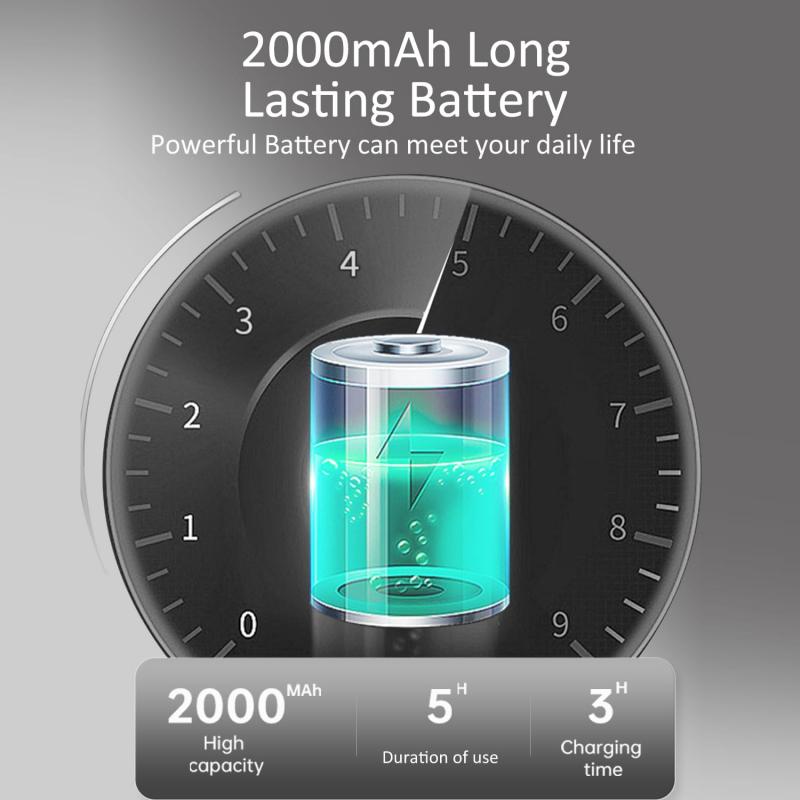
2、 Objective lens diameter
The power of a spotting scope refers to its magnification capabilities, which determine how much closer and larger the observed object will appear. The objective lens diameter, on the other hand, refers to the size of the front lens of the spotting scope. It plays a crucial role in determining the amount of light that enters the scope, which directly affects the image brightness and clarity.
When it comes to choosing the right power spotting scope, it is essential to consider the objective lens diameter. A larger objective lens diameter allows more light to enter the scope, resulting in brighter and clearer images. This is particularly important in low-light conditions or when observing distant objects.
The optimal objective lens diameter depends on the intended use of the spotting scope. For general wildlife observation or birdwatching, a spotting scope with an objective lens diameter of around 60-80mm is commonly recommended. This size strikes a balance between portability and light-gathering capabilities.
However, for more specialized applications such as astronomy or long-range observation, larger objective lens diameters are preferred. Spotting scopes with objective lens diameters of 80mm or above are often recommended for these purposes, as they provide superior light-gathering abilities and allow for better image resolution.
It is worth noting that advancements in lens technology have allowed for improved image quality even with smaller objective lens diameters. Therefore, it is essential to consider the overall quality of the optics and coatings used in the spotting scope, in addition to the objective lens diameter.
In conclusion, the choice of objective lens diameter in a spotting scope depends on the intended use and specific requirements of the user. While larger objective lens diameters generally offer better image brightness and clarity, advancements in technology have made smaller objective lens diameters capable of delivering impressive performance as well.
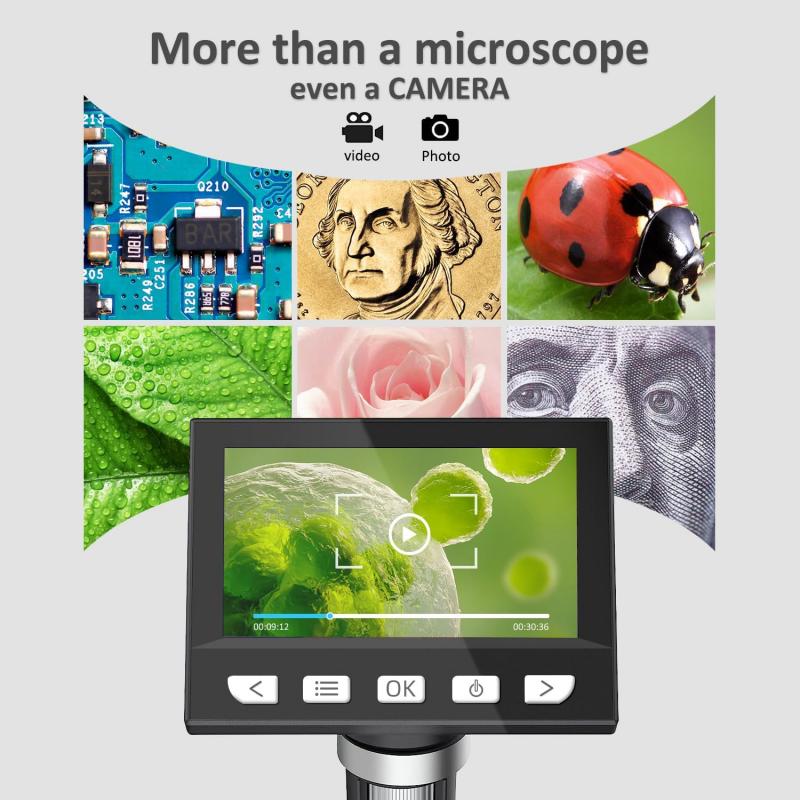
3、 Field of view
The power of a spotting scope refers to its magnification capabilities, which determine how much closer and larger the observed object will appear. When it comes to choosing the right power for a spotting scope, it depends on the intended use and personal preferences.
A spotting scope with a higher power, such as 20-60x, offers a greater magnification range, allowing for detailed observations of distant objects. This is particularly useful for birdwatching, wildlife observation, or target shooting, where the ability to zoom in on fine details is crucial. However, higher magnification also means a narrower field of view, making it more challenging to locate and track moving objects.
On the other hand, a spotting scope with a lower power, like 15-45x, provides a wider field of view, making it easier to locate and follow objects in motion. This is beneficial for activities like nature observation, landscape viewing, or surveillance. Lower magnification also tends to result in brighter and sharper images, as it allows more light to enter the scope.
It's important to note that the field of view is not solely determined by the power of the spotting scope but also by the objective lens diameter. A larger objective lens diameter allows more light to enter the scope, resulting in a wider field of view.
In recent years, there have been advancements in spotting scope technology, with some models offering wider fields of view without compromising on magnification power. These scopes utilize high-quality optics and lens coatings to provide clear and bright images across the entire field of view.
Ultimately, the choice of power and field of view in a spotting scope depends on the specific needs and preferences of the user. It's recommended to try out different models and powers to determine which one suits your requirements best.
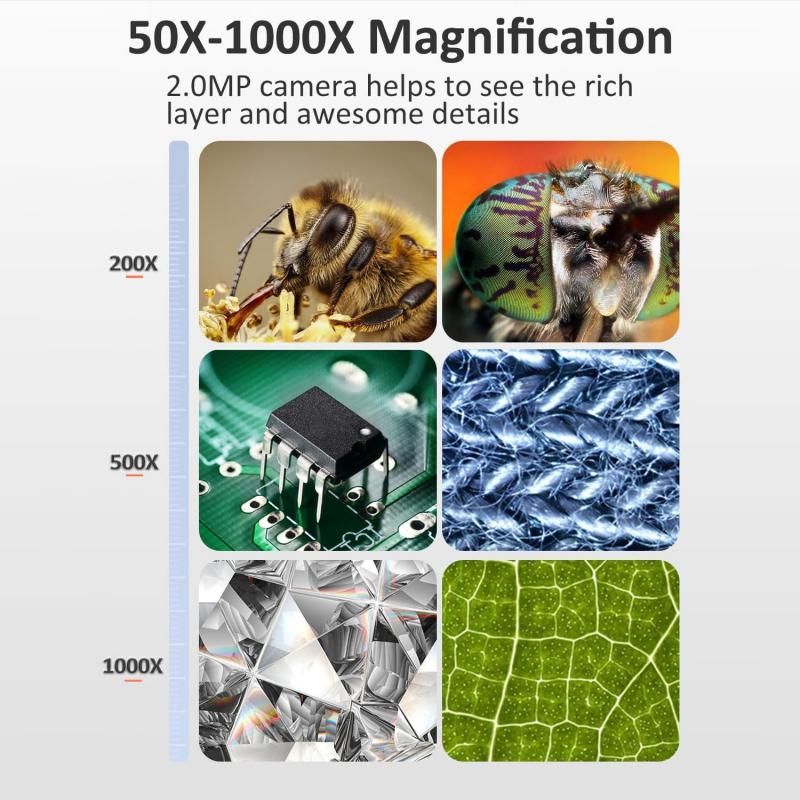
4、 Eye relief
Eye relief refers to the distance between the eyepiece of a spotting scope and the user's eye when the entire field of view is visible. It is an important factor to consider when choosing a spotting scope, especially for individuals who wear glasses or have limited eye mobility.
The appropriate eye relief for a spotting scope depends on the user's specific needs and preferences. Generally, a longer eye relief is desirable as it allows for more comfortable viewing, particularly for individuals who wear glasses. A longer eye relief also reduces the risk of eye strain during extended periods of observation.
The power of a spotting scope does not directly affect the eye relief. However, higher magnification scopes often have shorter eye relief due to the design constraints of the optics. This is because higher magnification requires a narrower field of view, which in turn reduces the eye relief.
When choosing a spotting scope, it is important to strike a balance between magnification and eye relief. Opting for a lower magnification scope with longer eye relief may be more suitable for individuals who wear glasses or prefer a more comfortable viewing experience. On the other hand, if maximum magnification is a priority, users may have to compromise on eye relief.
It is worth noting that advancements in technology have led to the development of spotting scopes with improved eye relief. Some manufacturers now offer scopes with longer eye relief even at higher magnifications, making them more accessible and comfortable for a wider range of users.
In conclusion, the appropriate eye relief for a spotting scope depends on the user's specific needs and preferences. While higher magnification scopes often have shorter eye relief, advancements in technology have led to the development of scopes with improved eye relief even at higher magnifications. It is important to strike a balance between magnification and eye relief when choosing a spotting scope.



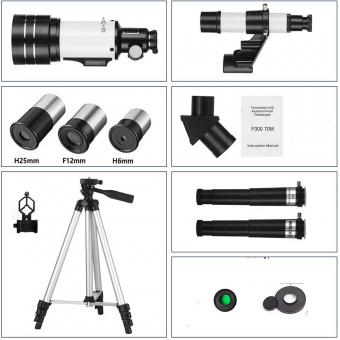




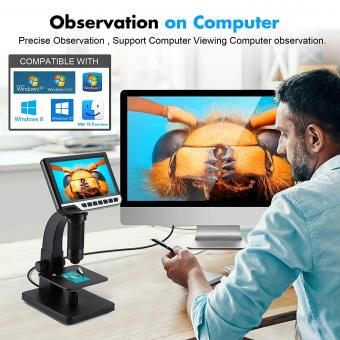




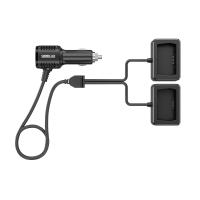

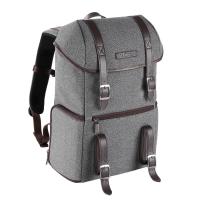
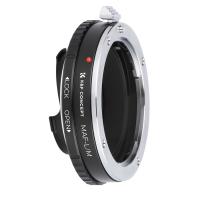
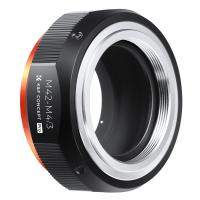
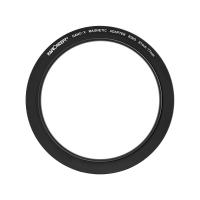

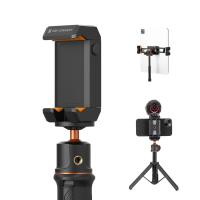


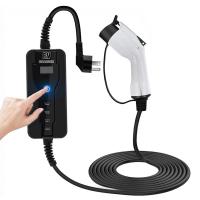

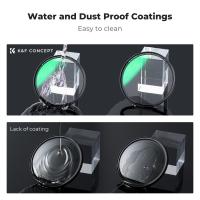

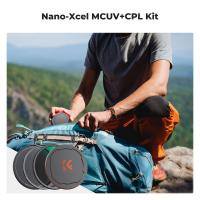
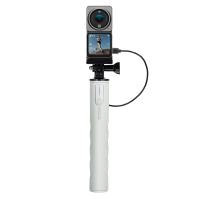


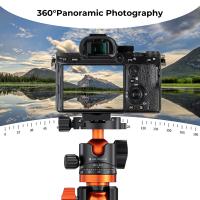
There are no comments for this blog.